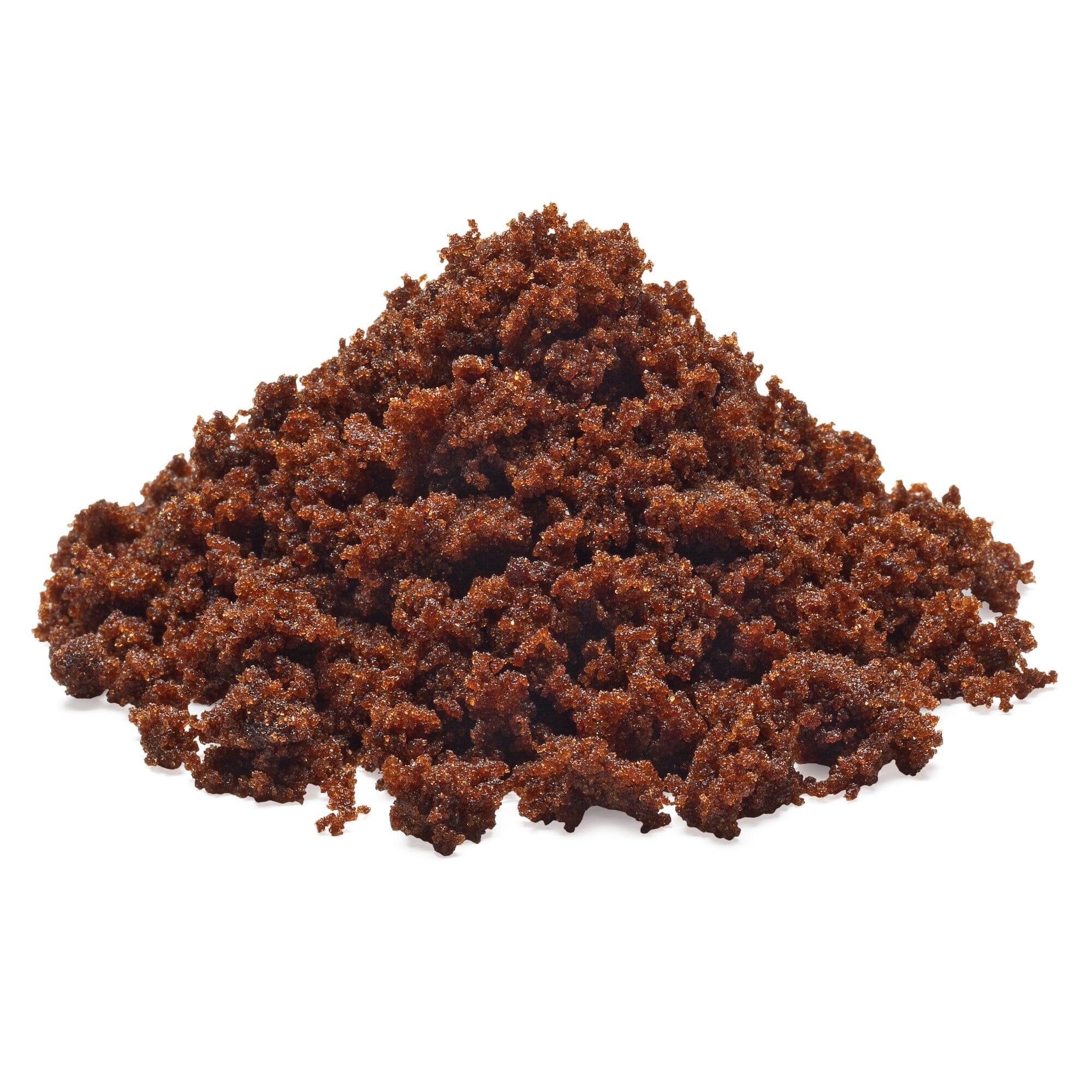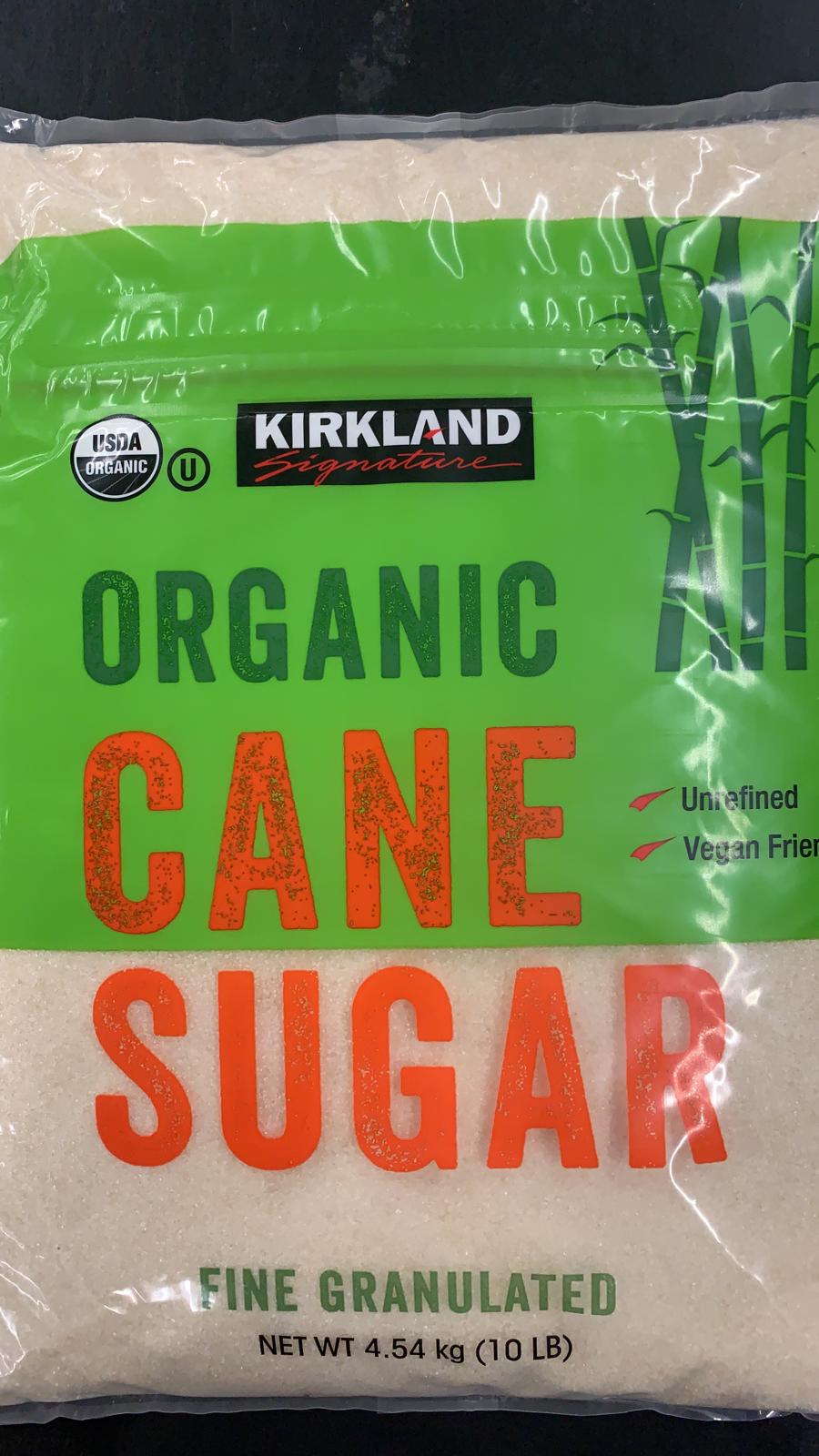The Science Behind Cane Sugar Processing: Exactly How Sweet Taste is Fine-tuned
The Science Behind Cane Sugar Processing: Exactly How Sweet Taste is Fine-tuned
Blog Article
Understanding the Essential Strategies and Technologies Utilized in Modern Walking Cane Sugar Processing
The advancement of cane sugar handling has actually been dramatically formed by the integration of advanced strategies and technologies that address both effectiveness and sustainability. Enzyme-assisted removal and sophisticated refining methods have actually changed yield optimization, while automation assists in operational integrity. Furthermore, the emphasis on lasting techniques reflects a growing awareness of environmental effect. As we discover these crucial innovations, it becomes important to take a look at how they not only improve production however additionally straighten with wider sector fads and customer demands, raising concerns regarding the future of sugar processing and its implications for worldwide markets.
Historic Context of Cane Sugar Processing
The historical context of walking stick sugar handling reveals a rich tapestry of farming advancement and cultural exchange that has actually formed its advancement over centuries. Originating in Southeast Asia, sugarcane was cultivated as early as 8000 BCE - Cane Sugar Processing. The procedure of drawing out and refining sugar obtained momentum in India, where methods for formation were improved around the sixth century. This understanding passed through to the Center East, and by the 12th century, sugar ended up being a valued commodity in Europe, bring about the establishment of sugar plantations in the Mediterranean.

Advanced Extraction Strategies
Efficiency in walking cane sugar removal has seen considerable advancements, driven by the requirement for greater yields and lower production expenses. Traditional techniques have developed, offering way to ingenious technologies that improve the efficiency of the extraction procedure. One significant innovation is using enzyme-assisted extraction, where particular enzymes damage down cell wall surfaces and launch more sucrose from the walking stick fibers. This strategy not only enhances sugar yield yet also minimizes the power needed for handling.
In addition, the fostering of membrane layer purification innovations, such as nanofiltration and turn around osmosis, has actually changed the splitting up of sugar from contaminations. These methods enable the discerning permeation of sugar particles while keeping bigger impurities, streamlining the extraction process and reducing waste.
Furthermore, the combination of continual removal systems has actually led to enhanced operational efficiency. Cane Sugar Processing. These systems maintain a continuous circulation of cane product, ensuring ideal extraction conditions and minimizing downtime linked with set processing
Cutting-edge Refining Technologies
Refining methods in cane sugar handling have gone through a transformative shift, driven by the need for higher purity and boosted product top quality. Among the most significant advancements is the adoption of membrane layer filtering technologies, such as ultrafiltration and nanofiltration. These procedures efficiently remove contaminations and colorants without the requirement for comprehensive chemical therapies, thus maintaining the sugar's natural taste and improving its allure.
An additional considerable innovation is the use of ion exchange materials, which enable for selective elimination of unwanted ions from sugar services. This modern technology not only increases the total purity of the end product however also adds to minimized waste and ecological impact.
In addition, developments in adsorption strategies, making use of activated carbon and various other sophisticated materials, have actually confirmed effective in decolorizing click this sugar services while preserving optimum quality. The combination of these cutting-edge refining technologies guarantees that makers can generate refined sugar with exceptional clearness and preference, fulfilling the evolving preferences of consumers.
Automation and Control Systems
Current developments in refining modern technologies have paved the way for considerable enhancements in automation and control systems within walking stick sugar handling facilities. These systems use advanced software program and equipment to boost functional performance, reduce human mistake, and make certain constant item high quality.
Modern automation incorporates various elements, including sensing units, actuators, and programmable reasoning controllers (PLCs), enabling real-time monitoring and control of vital processes. For instance, stress, flow, and temperature prices can be specifically regulated throughout removal, clarification, and condensation stages, enhancing performance and decreasing waste.
Moreover, progressed data analytics and device learning formulas play an essential role in anticipating upkeep, allowing drivers to expect equipment failings before they take place. This positive method not only minimizes downtime however additionally expands the lifespan of equipment.
In enhancement, automation helps with the implementation of Sector 4.0 principles, equipping sugar mills to attain better connectivity and information exchange across procedures. Therefore, decision-making ends up being more enlightened and nimble, eventually improving the overall competitiveness of walking cane sugar production. With these developments, the industry is well-positioned to satisfy expanding global demands while maintaining operational quality.
Sustainability Practices in Sugar Manufacturing
Sustainability techniques in sugar production have actually come to be progressively important as the sector looks for to balance economic practicality with ecological responsibility. As consumer understanding grows relating to the ecological effects of agricultural methods, sugar manufacturers are taking on cutting-edge techniques to lower their environmental footprint.
One significant approach is the application of accuracy farming techniques, which utilize information analytics to optimize resource use, such as water and fertilizers. This decreases waste and lessens the influence on local ecological communities. Additionally, several manufacturers are transitioning to sustainable energy resources, such as biomass from sugarcane by-products, to power their operations, consequently lowering reliance on nonrenewable fuel sources.
Water management practices are also vital; rain harvesting and reliable irrigation systems assist reduce water deficiency problems. Cane Sugar Processing. Furthermore, integrated bug monitoring approaches lower chemical use, promoting biodiversity and dirt wellness
Corporate social obligation efforts are emerging, with companies purchasing neighborhood areas and making certain reasonable labor practices. By embracing these sustainability methods, the sugar market not just improves its browse around here track record however also adds to an extra lasting farming landscape, paving the means for click to investigate future generations.

Verdict
In summary, contemporary walking stick sugar processing includes a variety of innovative techniques and technologies that considerably enhance sustainability, yield, and efficiency. Collectively, these developments position the cane sugar industry to fulfill contemporary needs while attending to essential international difficulties.
The development of walking cane sugar handling has been significantly formed by the integration of innovative techniques and innovations that attend to both performance and sustainability.The historic context of walking stick sugar handling discloses an abundant tapestry of farming development and cultural exchange that has formed its advancement over centuries. Technologies in milling and refining emerged, laying the groundwork for modern-day cane sugar handling.Refining methods in cane sugar processing have actually undergone a transformative change, driven by the need for higher pureness and enhanced item high quality.In summary, contemporary cane sugar processing includes an array of sophisticated methods and technologies that dramatically enhance sustainability, efficiency, and yield.
Report this page